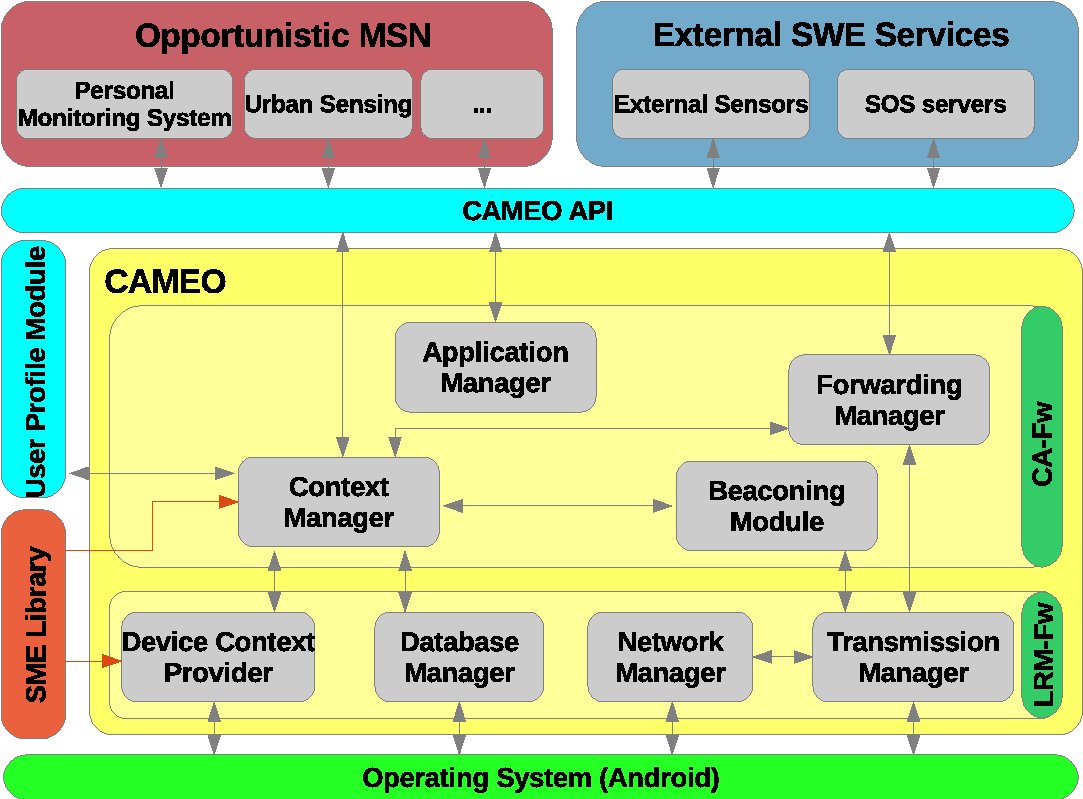CAMEO: a middleware platform for Personal and Collective awareness
Collective Awarenessrepresents today one of the major objectives of multidisciplinary research in order to motivate and stimulate users to achieve sustainable social changes and innovations for the improvement of the QoL (both personal and collective). We can note from real situations that only when people become fully aware of the impact of private and/or collective actions on their life, they feel personally involved and are motivated to actively participate. This happens in several sectors: from environmental sustainability, to work situations, financial crisis, health and social inclusion. Each of these fields represents a possible application domain for novel ICT solutions aimed at achieving a common objective: the personal and collective Well-Being. However, to this aim users must be motivated to act not only for themselves but also for the others, and this can be done by exploiting current and forthcoming technologies.
CAMEO is a software framework for mobile devices able to support the development of participatory services and applications (based on opportunistic communications) with high social impact. They exploit the user need to generate and share contents, compare experiences and provide/receive suggestions from the others and allows users to maintain this ability anywhere and anytime through even more personalized services, customized on their current needs and situations they are involved in. This new application paradigm, called Mobile Social Networks (MSN), allows users and their mobile devices to dynamically aggregate in social networks by directly exploiting the wireless communications in physical proximity.
CAMEO provides a set of common functionalities to MSN based on the efficient collection, modelling and reasoning of multidimensional context information, aimed at recognizing the local situation of the user and at providing her/him with personalized and motivational feedback.
The notion of multidimensional context involves several sets of information: information describing both the local and remote users in terms of personal and social behavior; the characteristics of the local device and its sharable resources (e.g., computational resources, embedded hardware components like sensors, networking services); data derived by the interaction of the local device with external sources and services (e.g., environmental sensors, cameras, network infrastructures, web services).
Here a picture showing CAMEO software architecture that has been developed for the Android OS. For technical details please refer to Publications.
